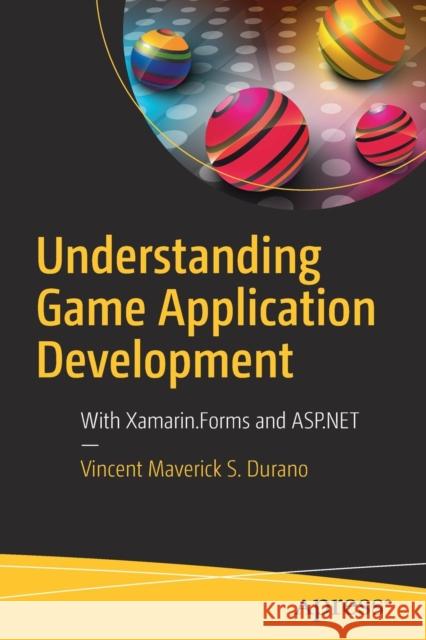Understanding Game Application Development: With Xamarin.Forms and ASP.NET » książka
topmenu
Understanding Game Application Development: With Xamarin.Forms and ASP.NET
ISBN-13: 9781484242636 / Angielski / Miękka / 2018 / 269 str.
Understanding Game Application Development: With Xamarin.Forms and ASP.NET
ISBN-13: 9781484242636 / Angielski / Miękka / 2018 / 269 str.
cena 126,78 zł
(netto: 120,74 VAT: 5%)
Najniższa cena z 30 dni: 126,08 zł
(netto: 120,74 VAT: 5%)
Najniższa cena z 30 dni: 126,08 zł
Termin realizacji zamówienia:
ok. 16-18 dni roboczych
Bez gwarancji dostawy przed świętami
ok. 16-18 dni roboczych
Bez gwarancji dostawy przed świętami
Darmowa dostawa!
Kategorie:
Kategorie BISAC:
Wydawca:
Apress
Język:
Angielski
ISBN-13:
9781484242636
Rok wydania:
2018
Ilość stron:
269
Waga:
0.44 kg
Wymiary:
23.5 x 15.5
Oprawa:
Miękka
Wolumenów:
01
Dodatkowe informacje:
Wydanie ilustrowane











